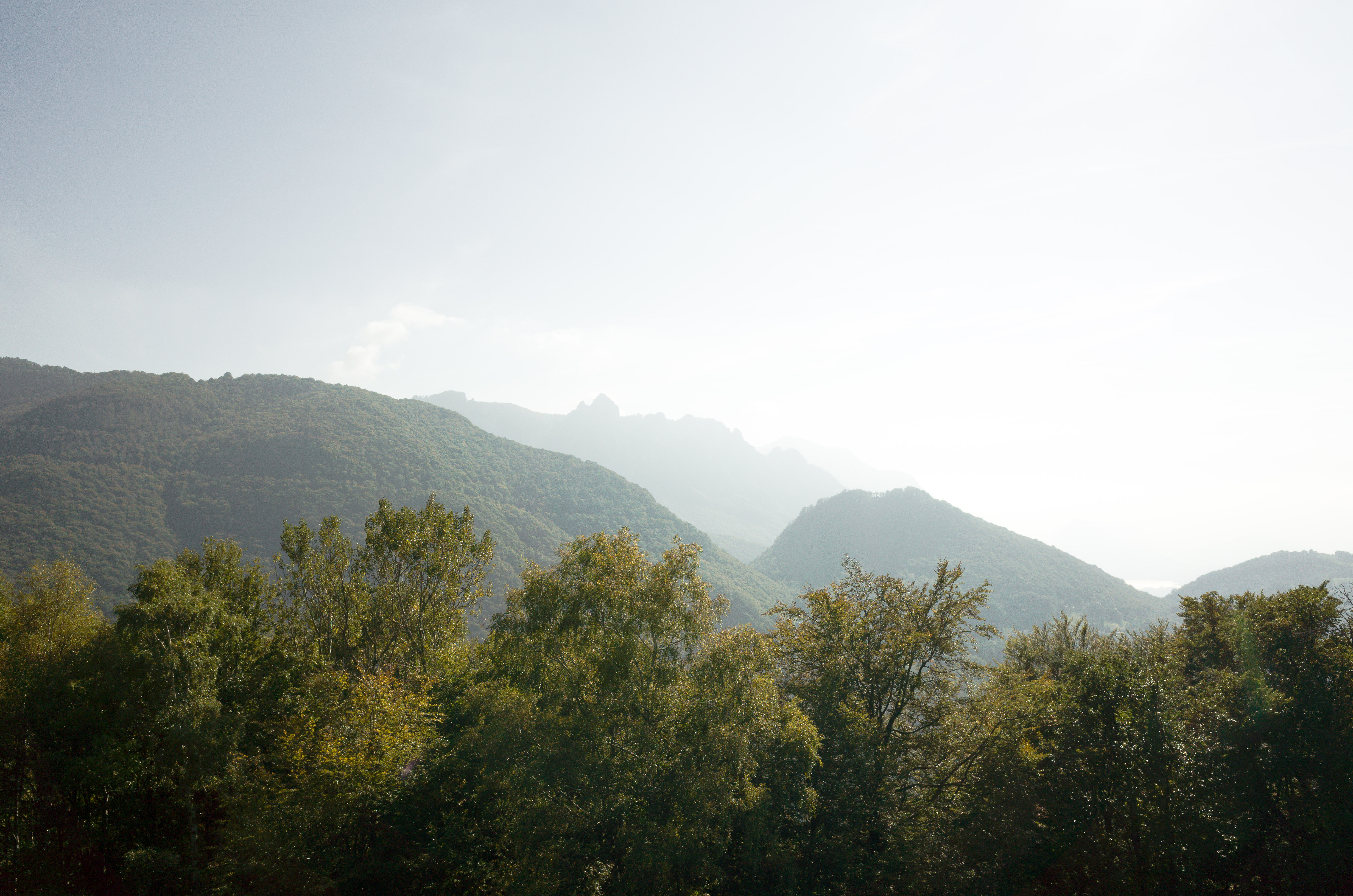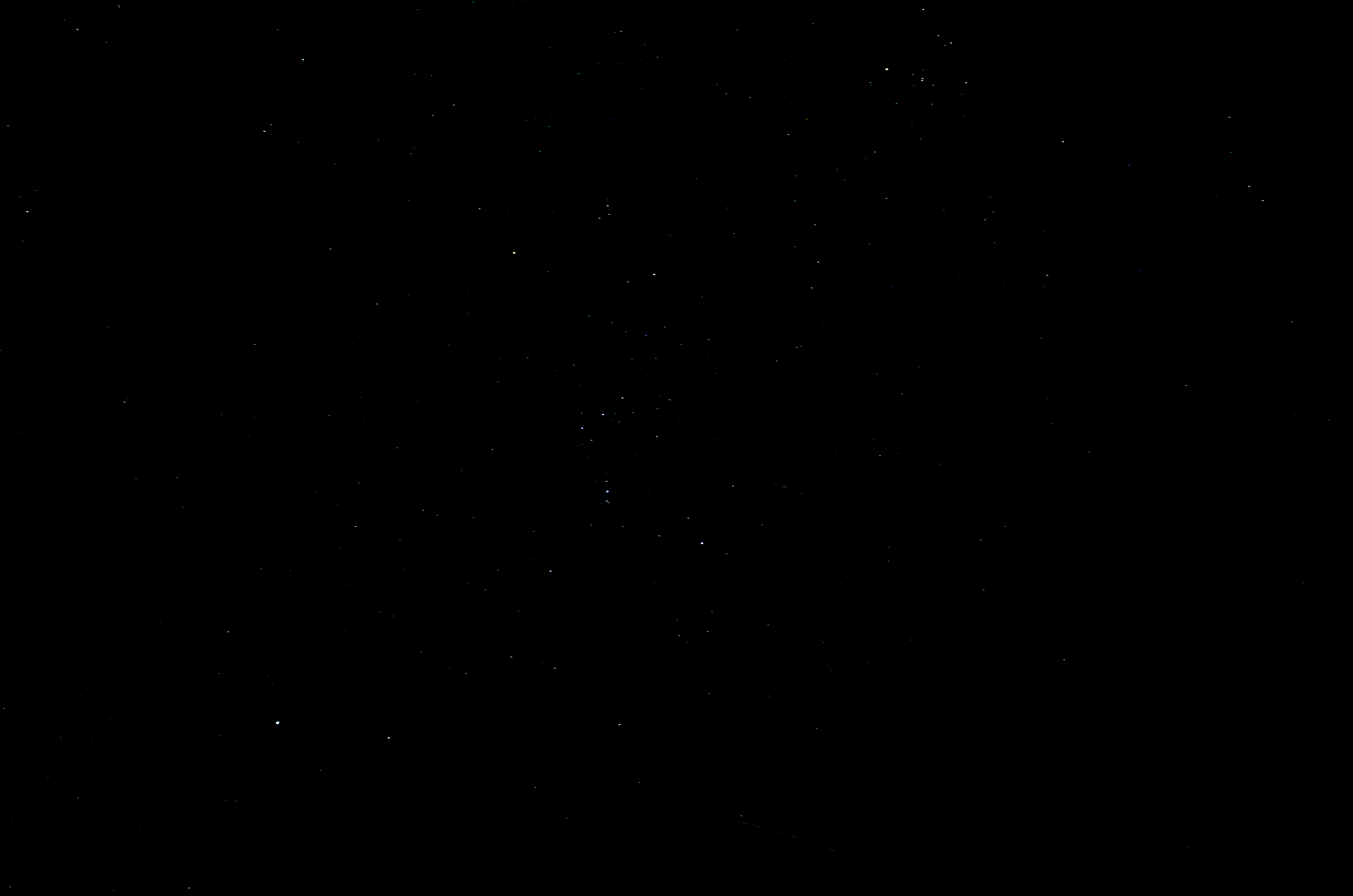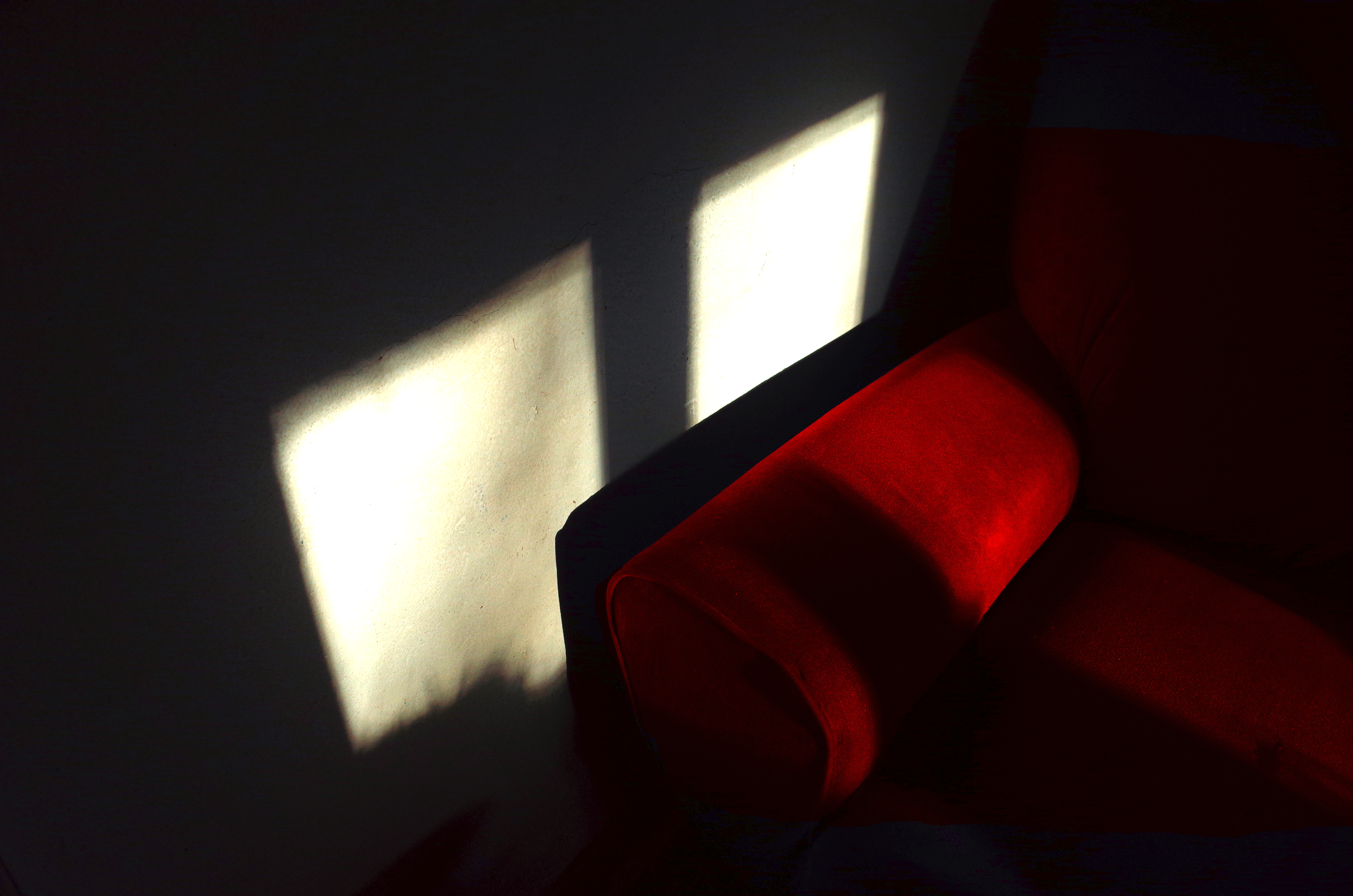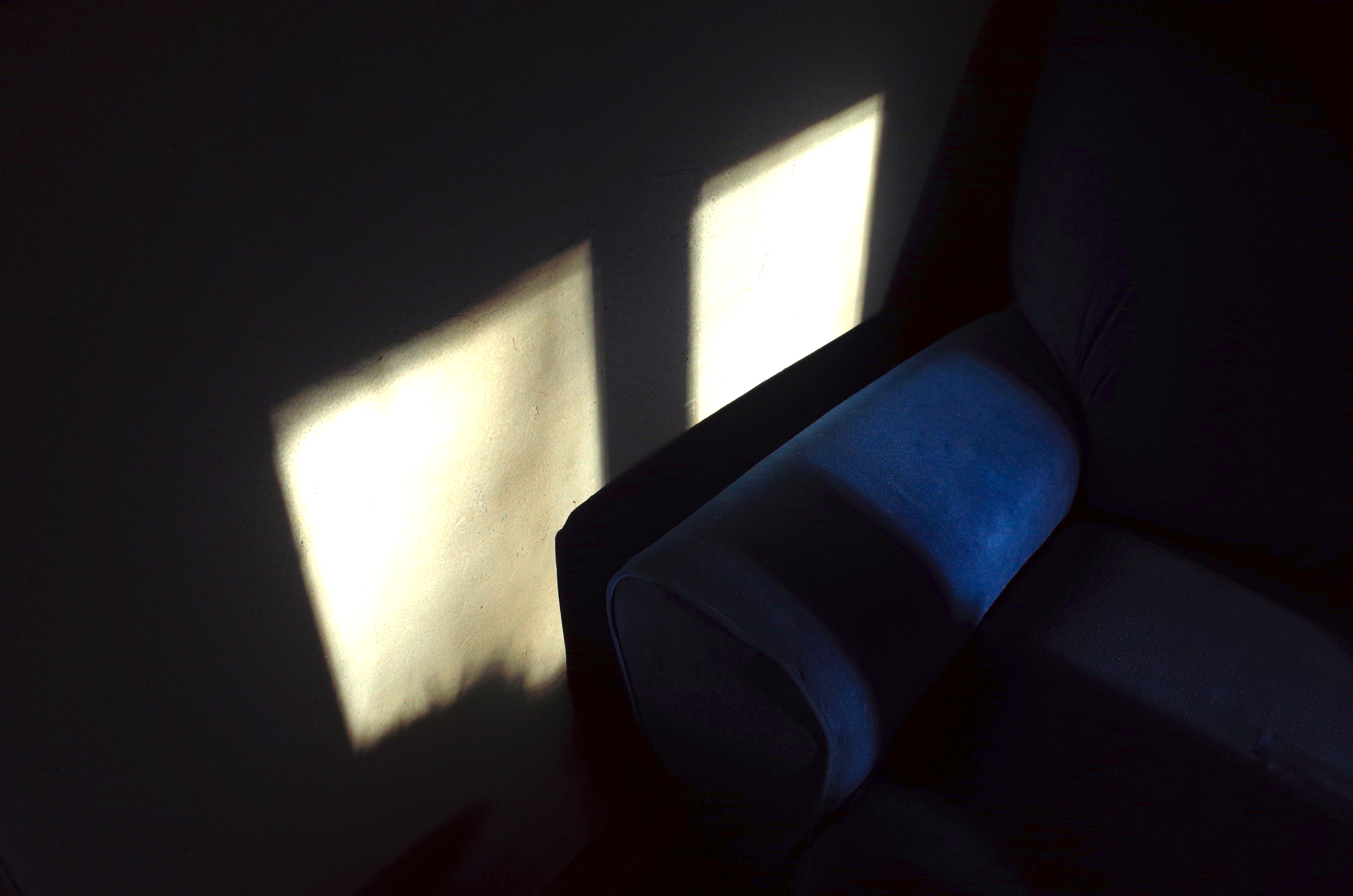Earth's Moon and chestnut tree. It's the Moon, my good old friend, the Moon.
While patiently waiting for the noise reduction of my camera after the long time exposures I was asking myself, how far away Sirius and all those stars and planets are, and how long it takes the light from them to the Earth?
Distances
The Moon's distance to the Earth at February 11, 2022 at Lugano (near our cottage) is 404’896 kilometers, according to the
Moon's Distance Calculator.
Sirius distance to the Earth is 8’709 ± 0.005 ly (light years) (approximately 82’395’849’000’000 kilometres - (convert light years
(ly) to kilometers (km) here).
The mountain peaks Denti della Vecchia, Cima dell’Oress, Cima di Fojorina on the opposite side of the valley are around 4 kilometers from our cottage.
How long does it take the light?
Given the speed of light (299’792.458 kilometers per second), the light travels approximately
- 8’709 years (please excuse me for not converting in to seconds ;-) - thank you) from Sirius to the Earth,
- 1.35 seconds from the Moon to the Earth,
- 0.000013343 seconds (how to measure it?) from the mountain peaks on the opposite side of the valley to our cottage.
Transport medium
If we say «an object is visible» we actually see the light, which is emitted, transmitted or reflected by this object. Light is the «transport medium» for our visual perception.
Now let us think about the
time it takes the light to be here, depending on the distance to the object.
Take a photograph of the mountain peaks, the Moon and Sirius all at once - which I unfortunately had not managed to do, shame on me!
- The light takes approximately 0.000013343 seconds from the mountain peaks to the cottage, i.e. our photograph shows the mountains as they have been 0.000013343 seconds before the exposure. Of course the mountains have not moved in
the meantime, their actual real position is the same as on the photograph.
- What about the Moon? The light takes approximately 1.35 seconds from the Moon to the Earth. So our photograph does not show the Moon's real position at the moment we take it - all we see is the Moon 1.35 seconds ago - we look back
into the past by 1.35 seconds! Now, at the moment of the exposure, the Moon has already moved along its orbit around the Earth for another 1.35 seconds.
- It’s the same with Sirius. The light takes approximately 8’709 years from Sirius to the Earth. So the photograph shows Sirius 8’709 years back in time! Now, at the moment of the exposure, Sirius has already moved
across our galaxy for another 8’709 years.
To sum it up, light transmission is never «realtime». The shorter the distance to the object the «more near realtime» it is, for long distances it can take thousands of years - undoubtly not «realtime».
Visual perception vs. reality
Our photograph is like a visual perception of what we see at the moment we take it.
However -
a) depending on the motion (static vs. dynamic) of the objects photographed, their position may not be real.
b) depending
on the distance to the subject(s) we look back in time for a fraction of a second only or/and for several thousands of years - all combined in one single image!
Of course this phenomenon is even more pronounced if we photograph far distanced, fast moving objects - like the Moon, the Sun etc. - take our example of Sirius. Never the less a simple photograph of a plane high up in the sky will show
this phenomenon, too.
As a Geophysicist I halfway understand the main parts of Albert Einstein’s theory of relativity. Never the less I never have thought about the fact,
that the real position of one or several objects in the same image actually might differ from what we see on the photograph.
Conclusion
Considering these simple physics, or are they mathematics? my final questions are:
- Is all we see simply fake?
Maybe «fake» is a little bit too strict, better let us call it «fiction» or «fictitious». Is there any true reality at all, or is it «real enough» for us
human beings (at least for the most of us) to call something «real» because we can see it? Let us have another simple example: If a person seems to stand right in front of you, but its real position is right in your
back, this is scary, isn't it? Would you still call it «real» - just because you see it in front of you? Maybe we should better call it «fictitious visual perception»?
However, to me the main question
still remains: Is there any true reality at all, or do we live in a fictitious world?
- Is Matrix' famous question: The red or the blue pill? real in the end?
By the way, of course I am not that stupid to buy two sofas, a red and a blue one. Editing in post was my friend.
I would get the red one, if I had to.





